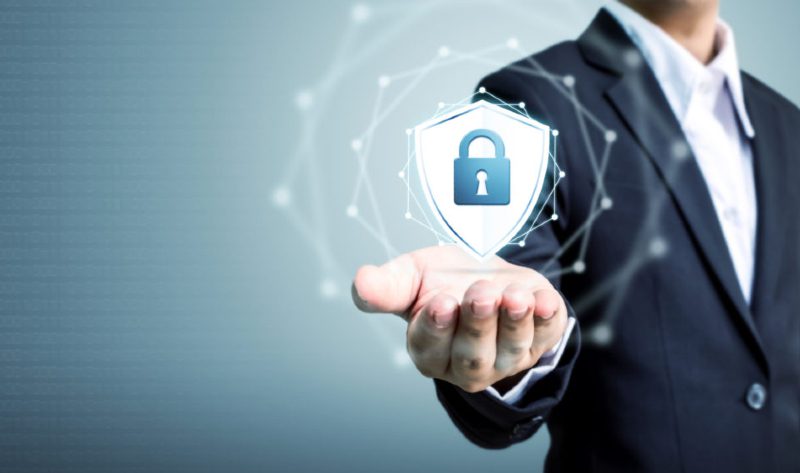In today’s digital world, security is a major concern for individuals and small to medium-sized businesses (SMBs). But as the number of cyber attacks continues to rise, so do the stakes for protecting your data.
Businesses with servers are especially at risk, as they contain sensitive information that must be kept secure. The need for strong online security has never been greater, with more companies investing in new top-of-rack switches, routers, firewalls, wireless access points, and much more.
Here’s a look at five ways to improve your server security today.
Implement Strong Access Control Measures
It’s important to implement strong access control measures for servers. This means that users should be restricted from accessing areas of the system they don’t have permission to enter and are only allowed access to what they need. It also means setting up secure passwords so no unauthorised personnel can gain entry and regularly changing them.
Additionally, setting up two-factor authentication wherever possible is a good idea. By taking these steps, you’ll significantly decrease the chances of anyone intruding on your server. To better protect against malicious attacks, keeping server software and firmware updated is essential.
Keep Server Software And Firmware Updated
It is essential to maintain strong access control measures in order to improve security for servers. It’s just as important to ensure that the server software and firmware are kept up-to-date.
Updates provide critical bug fixes and improvements which can help protect against malicious attacks or intrusions. Keeping your server software updated also helps ensure compatibility with other systems and applications used on a network.
To keep server software and firmware up-to-date, ensure you have an automated system in place so patches can be applied quickly when new versions become available. Also, regularly review logs related to updates, such as installation dates, patch levels and any errors that may occur during update processes.
This will give you a better understanding of the current state of your servers’ security posture – enabling you to take appropriate action if necessary.
Use Encryption For Sensitive Data
Encryption provides an extra layer of defence against unauthorised access, as any attempts at decrypting this data will be unsuccessful without the proper credentials or key. Businesses should implement encryption protocols across all platforms, including cloud storage systems and virtual networks.
Additionally, they should ensure that all passwords are kept secure with multi-factor authentication requirements in place. By encrypting confidential information, organisations can reduce vulnerability and protect themselves from potential cyber threats.
Regularly Monitor And Audit Server Activity
It’s important to regularly monitor and audit server activity to ensure no unauthorised access. A Syslog server monitoring tool will help check the logs for suspicious activity, such as failed login attempts or strange ports being accessed, which can help identify potential security threats. Additionally, it’s best practice to set up alerts whenever certain thresholds are passed; this way, you don’t have to review each log entry manually.
Using a third-party service can also be beneficial in detecting anomalies in your system that would otherwise go unnoticed. This could include changes in user behaviour or irregularities with data stored on the server. Utilising these services will give you better visibility of what’s happening on the server so you can take action quickly if needed.
Train Employees On Server Security Best Practices
Training your employees on server security best practices is essential to ensuring your servers’ safety and integrity.
To start:
- Assign each employee a unique login credential that they should never share with anyone else.
- Educate them on creating secure passwords for their accounts and ensure that all credentials are changed regularly.
- Advise them not to write down or store sensitive information in plain text, such as passwords or encryption keys, and remind them about the importance of using two-factor authentication wherever possible.
It’s also important to cover topics like mobile or social engineering attacks when training your team.
Explain what phishing emails look like and demonstrate how to spot malicious URLs or attachments. Remind employees that no one from IT will ever ask them for their password via email or phone call, so if they receive a suspicious request, they should report it immediately.
Ensure they understand the risks associated with bringing personal devices into work; even if they have been approved by management, advise against installing unapproved software onto company systems at all times.
In Summary
It’s vital to ensure your server security is up-to-date. Implementing strong access control measures, regularly updating software and firmware, encrypting sensitive data, monitoring activity, and educating employees on best practices are all effective.
By taking these steps now and continuing to stay vigilant with your server security, you can help protect your business and its customers. If everyone takes responsibility for ensuring their safety online, we’ll be one step closer to creating a safer digital environment.

